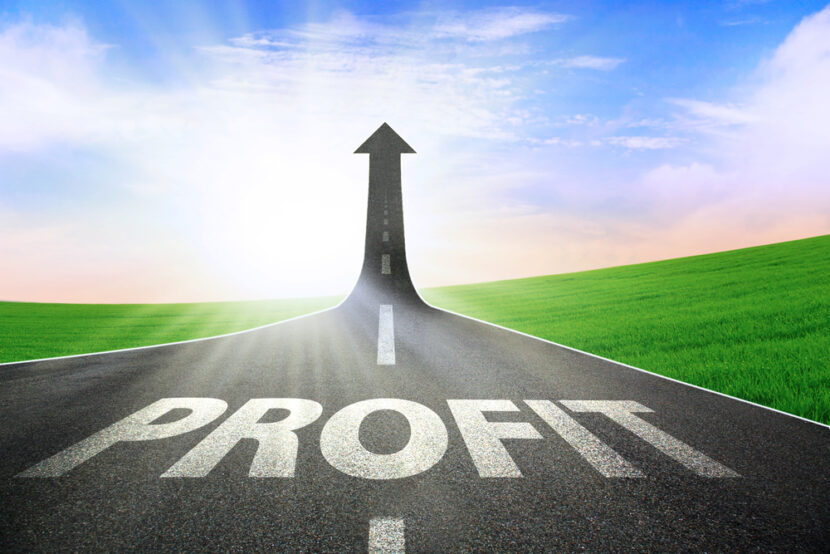DALLAS – Leaders of United and Southwest gave an upbeat forecast for 2015 that combined strong travel demand and cheaper fuel. Airline stocks soared on Thursday.
The price of jet fuel has dropped by about half since September, boosting airline profits and tamping down fear that global economic weakness could hurt the carriers. Analysts expect all four of the biggest U.S. airline operators to post bigger profits this year than in 2014.
United Continental Holdings Inc. predicted first-quarter profit margins higher than many analysts had expected.
Southwest Airlines Co. expects its fuel bill for 2015 to be $1.7 billion lower than in 2014. “Our earnings outlook is superb if for no other reason than fuel costs are down dramatically,” said CEO Gary Kelly.
However, both companies reported lower fourth-quarter profit than a year earlier because of losses on contracts to protect against sharply higher fuel prices. Those contracts, called hedges, lose value when oil prices fall.
Southwest’s net income dropped 10 per cent to $190 million, as it booked $282 million in hedging write-downs. United’s net income plunged 80 per cent, to $28 million, because of $433 million in special items, including $225 million in hedging write-downs and $141 million for severance to flight attendants who took early retirement.
Southwest said it is now essentially unhedged for 2015, while United has closed out nearly all first-quarter hedges, executives told analysts.
Hedging has been practiced by most major U.S. airlines for almost a decade. Despite the hedging losses reported this week by Southwest, United and Delta Air Lines Inc., finance experts say hedging can still be a smart move – protection against catastrophically high fuel prices.
“You are buying insurance,” said John Parsons, a member of the finance faculty at MIT. “If you buy health insurance and don’t get sick, that doesn’t mean you made a mistake.”
Parsons said hedging may be unnecessary for companies that have enough cash to cushion them from higher commodity prices, while it could be critical for companies with lots of investment opportunities but not much cash. Airlines have another reason to hedge, he said – when fuel prices spike, the carriers can’t raise fares quickly enough to cover the additional cost.
Among major U.S. carriers, only American Airlines wasn’t hedging. Its executives were running US Airways when that airline was burned by hedging losses during the last big oil-price collapse, in the second half of 2008. They stopped hedging and have stuck to that philosophy since they took over American Airlines Group Inc. after a 2013 merger.
American declined to make executives available for interviews. They have previously said that airlines have a natural hedge _ prices for both oil and airline tickets tend to rise when the economy is strong and fall when the economy is weak.
With oil selling below $50 a barrel, some analysts say airlines should start hedging against future spikes in energy prices.
“I would love to see them in the market today,” said Jim Corridore, an analyst for S&P Capital IQ. “With oil at $46 a barrel, they should be hedging as much as they can.”
Fourth-quarter results:
– While United’s net income fell, profit excluding one-time items soared 86 per cent to $1.20 per share. That, however, was slightly short of analysts’ forecast of $1.22 per share, according to FactSet. Revenue dipped 0.2 per cent to $9.31 billion, matching expectations. Average fares were 1.3 per cent higher per mile, and revenue from extra fees like baggage jumped 9.7 per cent to more than $22 per passenger.
Shares of United, the nation’s second-biggest airline company, rose $3.13, or 4.5 per cent, to close at $72.34 after hitting a 52-week high of $73.20 earlier in the day.
– Dallas-based Southwest’s profit excluding hedges and other one-time costs and gains was a record $404 million, or 59 cents per share. Analysts expected 55 cents per share. Revenue rose 4.5 per cent to $4.63 billion, topping analysts’ forecast of $4.59 billion.
Labour costs rose 8.3 per cent and surpassed fuel as the airline’s biggest single expense in 2014.
The shares jumped $3.52, or 8.4 per cent, to $45.35 and hit a 52-week high of $45.39 during the session.
– Alaska Air Group Inc. nearly doubled net income to $148 million. Excluding one-time items, the Alaska Airlines parents earned 94 cents per share, a penny better than Wall Street forecasts. Revenue rose 8 per cent to $1.31 billion; analysts predicted $1.30 billion.
Alaska announced a 60 per cent increase in its dividend, to 20 cents per share. The shares hit a 52-week high of $68 before closing at $67.94, up $2.96, or 4.6 per cent.
